Research
Traffic speed is a critical factor of pedestrian safety. A speed of 20 miles per hour is ideal for a commercial district. A goal for the tactical urbanism improvements of Start Norman is to reduce average traffic speeds.
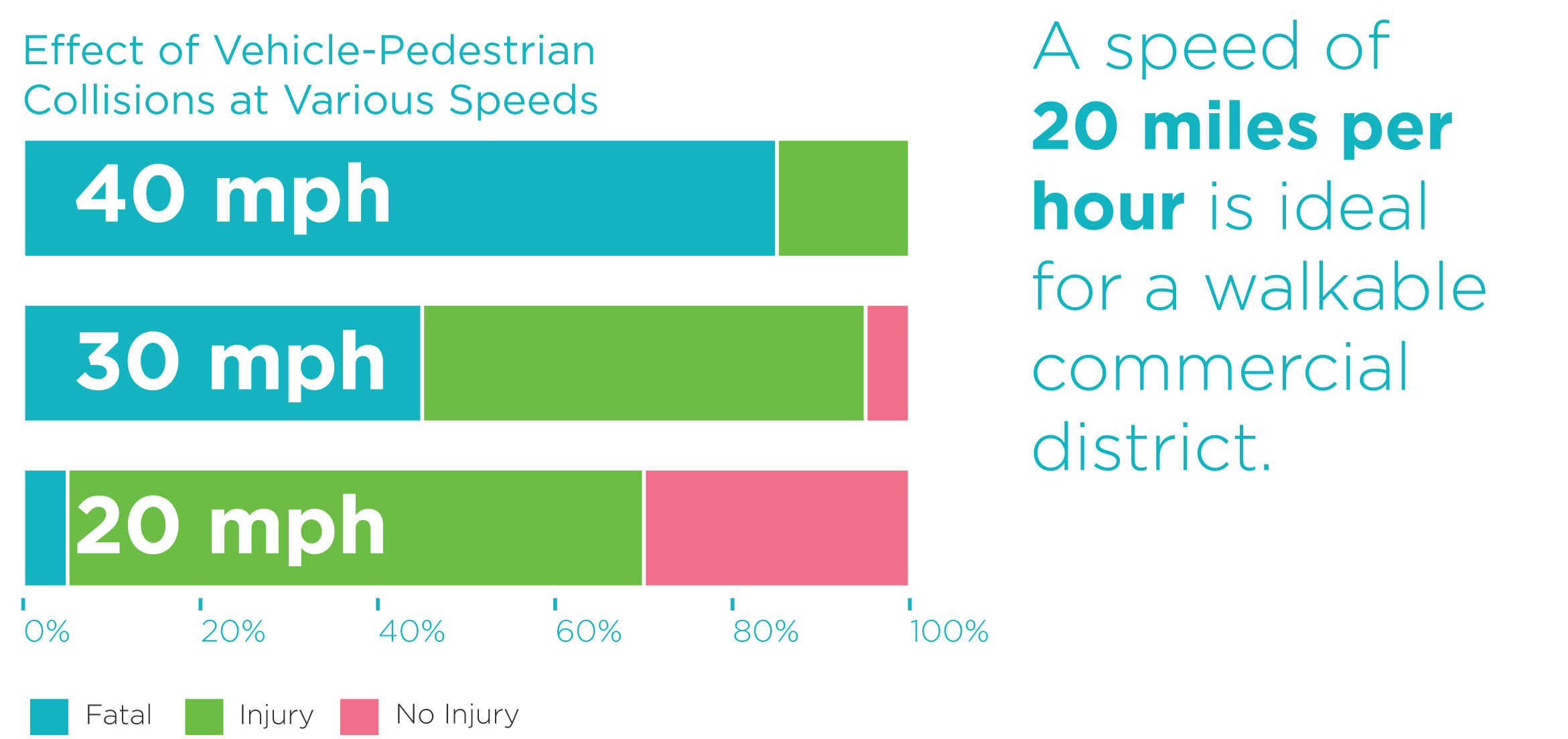

For long periods of exposure, this noise level can affect our quality of life and even cause damage to the body.

Planning

Generating Concepts
Students in the course split into groups to brainstorm program and design elements of the tactical urbanism improvements. They considered how the temporary installation could accurately represent quality urban design. Their goals also included slowing down traffic, reducing noise levels, and educating the community on new concepts.

Building Consensus
The small groups came together to combine the best elements from each plan to put them together into a final concept. Not every idea made it into the actual better block installation. As the project encountered constraints, some things were added or changed. Real infrastructure and development projects go through the same types of challenges.
Site Plan
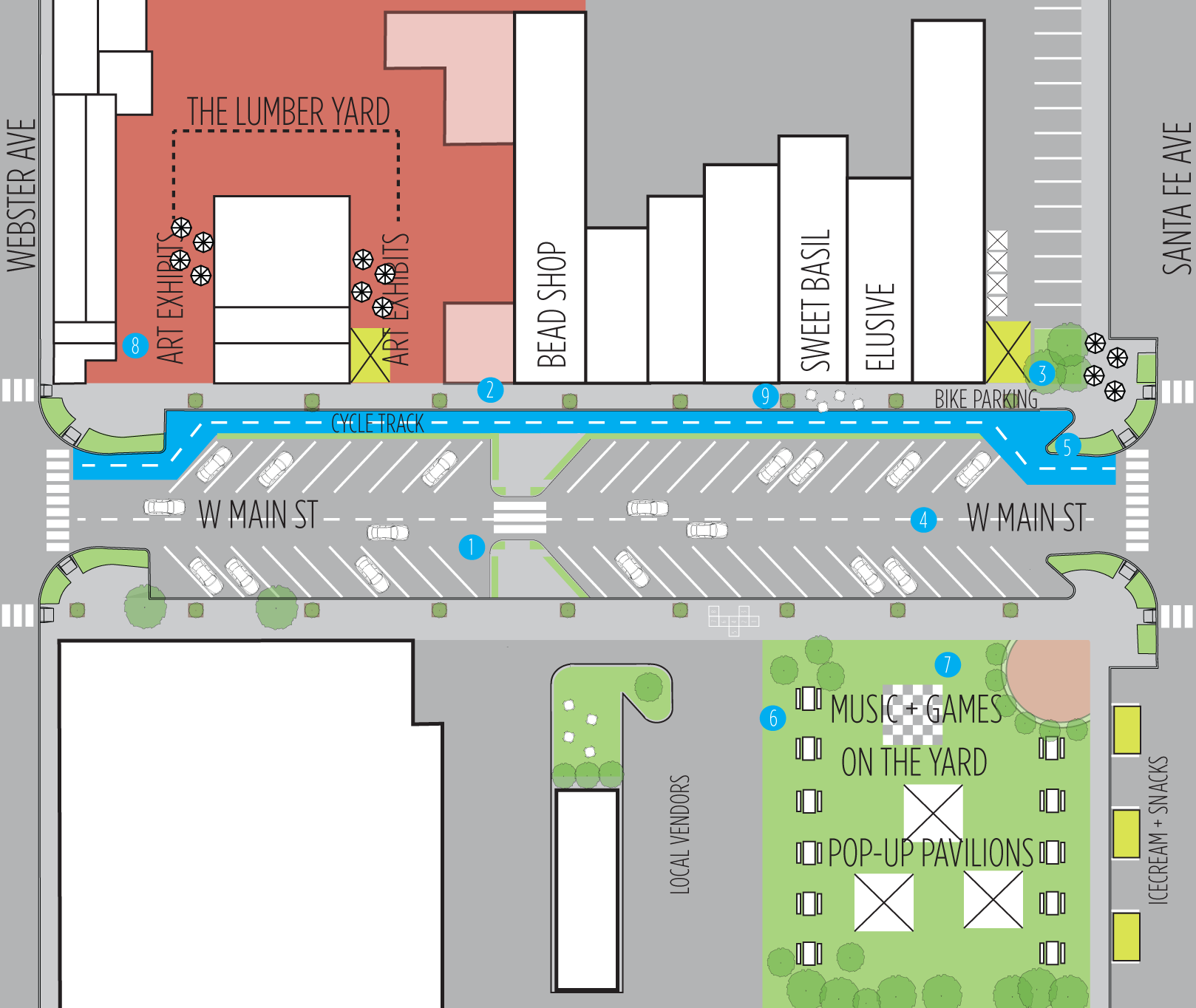

Installation

Building Geodesic Domes
The Norman Arts Council rented geodesic domes to serve as pop-up shops. A team of volunteers from the OU College of Architecture, Norman Arts Council, and around the community followed the detailed instructions to construct the domes.
.

Resetting the Curb
Straw wattles, used for erosion control at construction sites, make the perfect temporary curb to realign the street. Wattles were important for forming a new curb line and building new street features like the mid-block crosswalk.
.
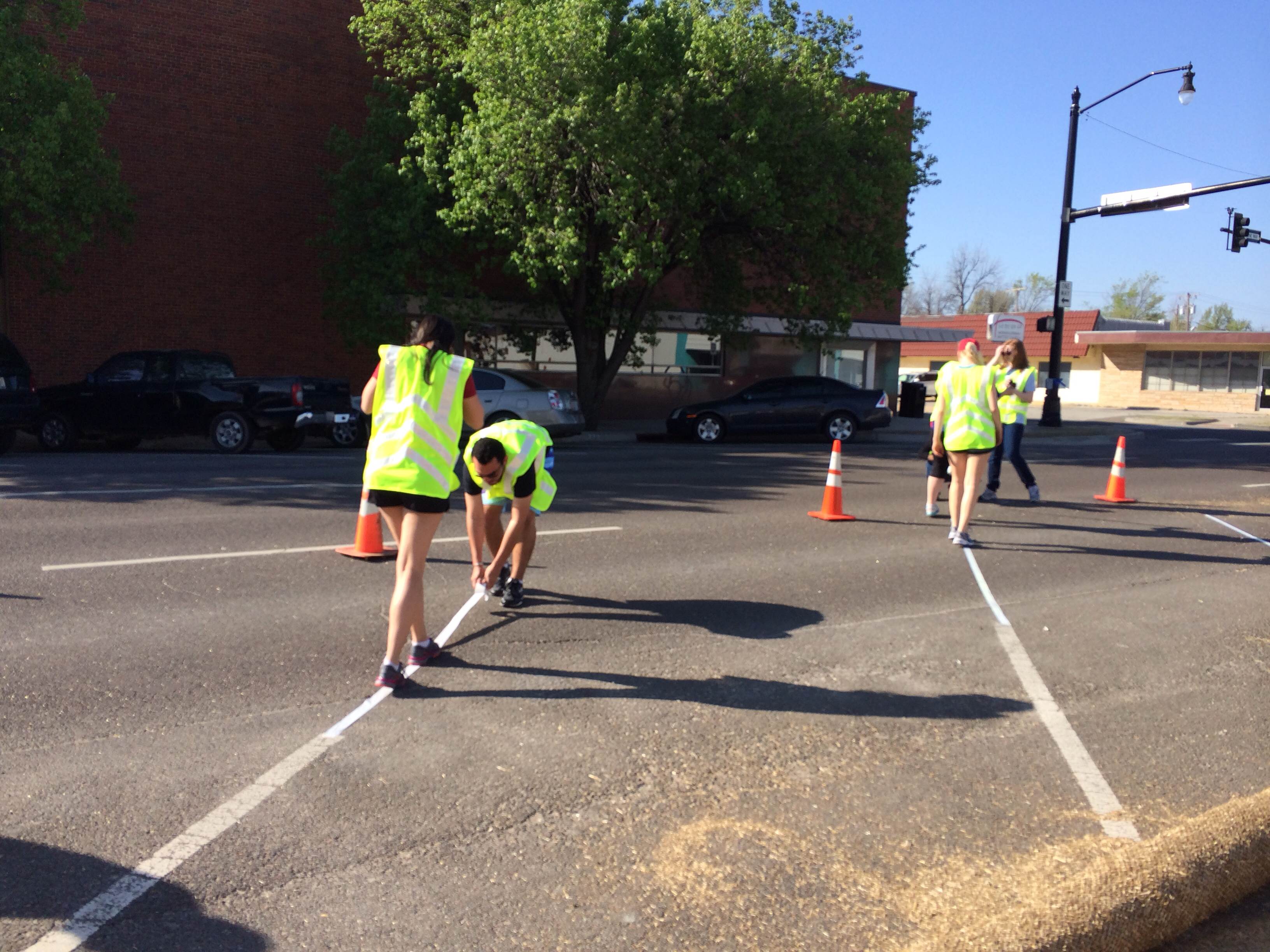
Putting Main Street on a Diet
One lane was removed from Main Street during the event by shifting the row of on-street angled parking outward. White duct tape formed the new parking spaces.

Painting a Cycle Track
The cycle track was created with a temporary, washable paint made from corn starch and food coloring. Paint was also used to define new public spaces.
Event Day

Safer Crossings
The mid-block crossing effectively made crossing Main Street much safer. Cars stopped and allowed pedestrians to cross even without a traffic signal. The City of Norman provided the official signage to make this crosswalk look even better.
.

More Activity
Existing businesses on the block helped to activate the sidewalk. A clothing rack provided lots of entertainment with people trying on vintage items, and outdoor seating was added for restaurants. Main Street had a much more vibrant and active appearance.
.
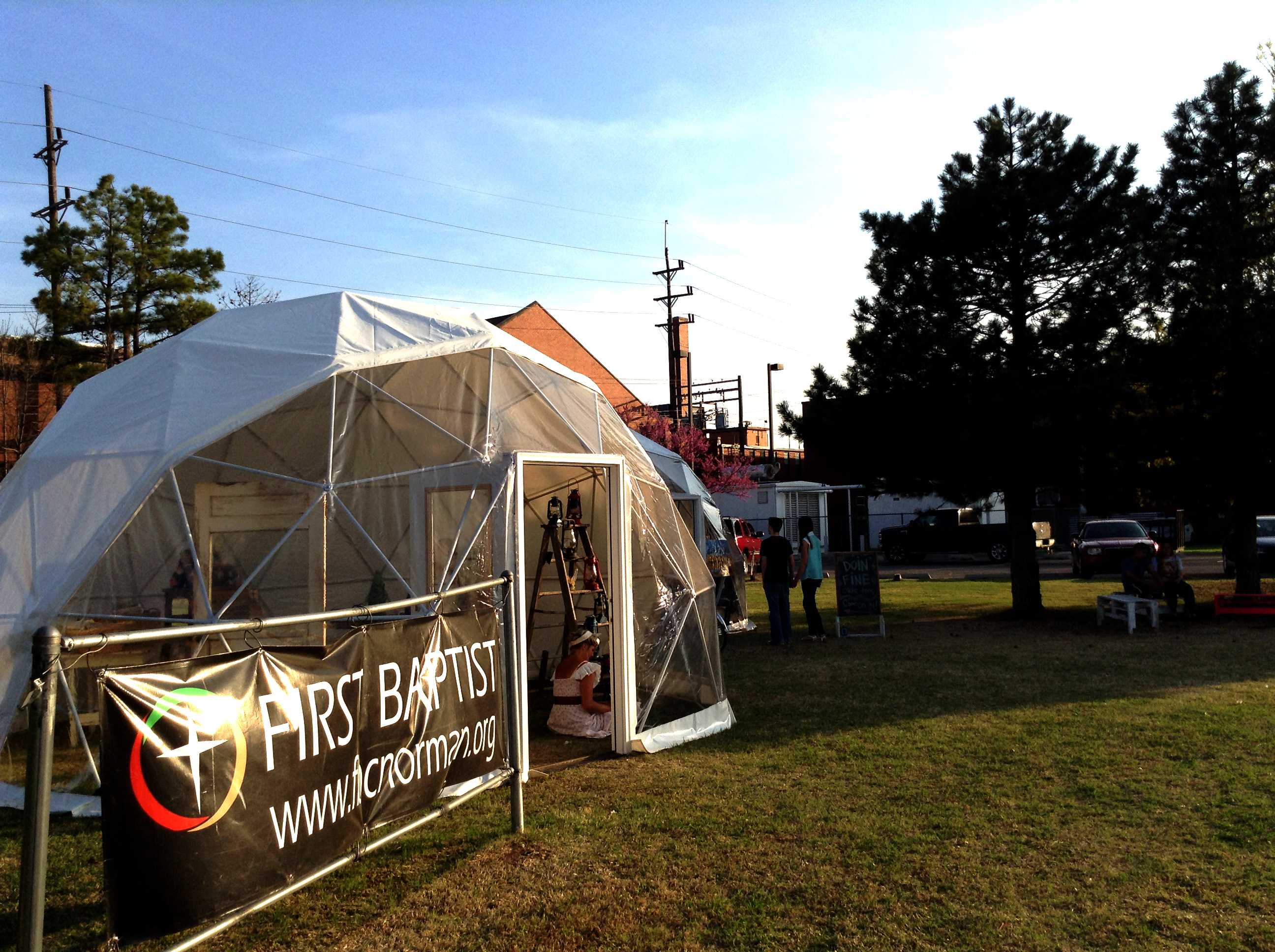
New Businesses
Pop-up shops provided a place for small businesses to sell some items. Maybe some of these shops will end up finding a permanent home on Main Street someday.
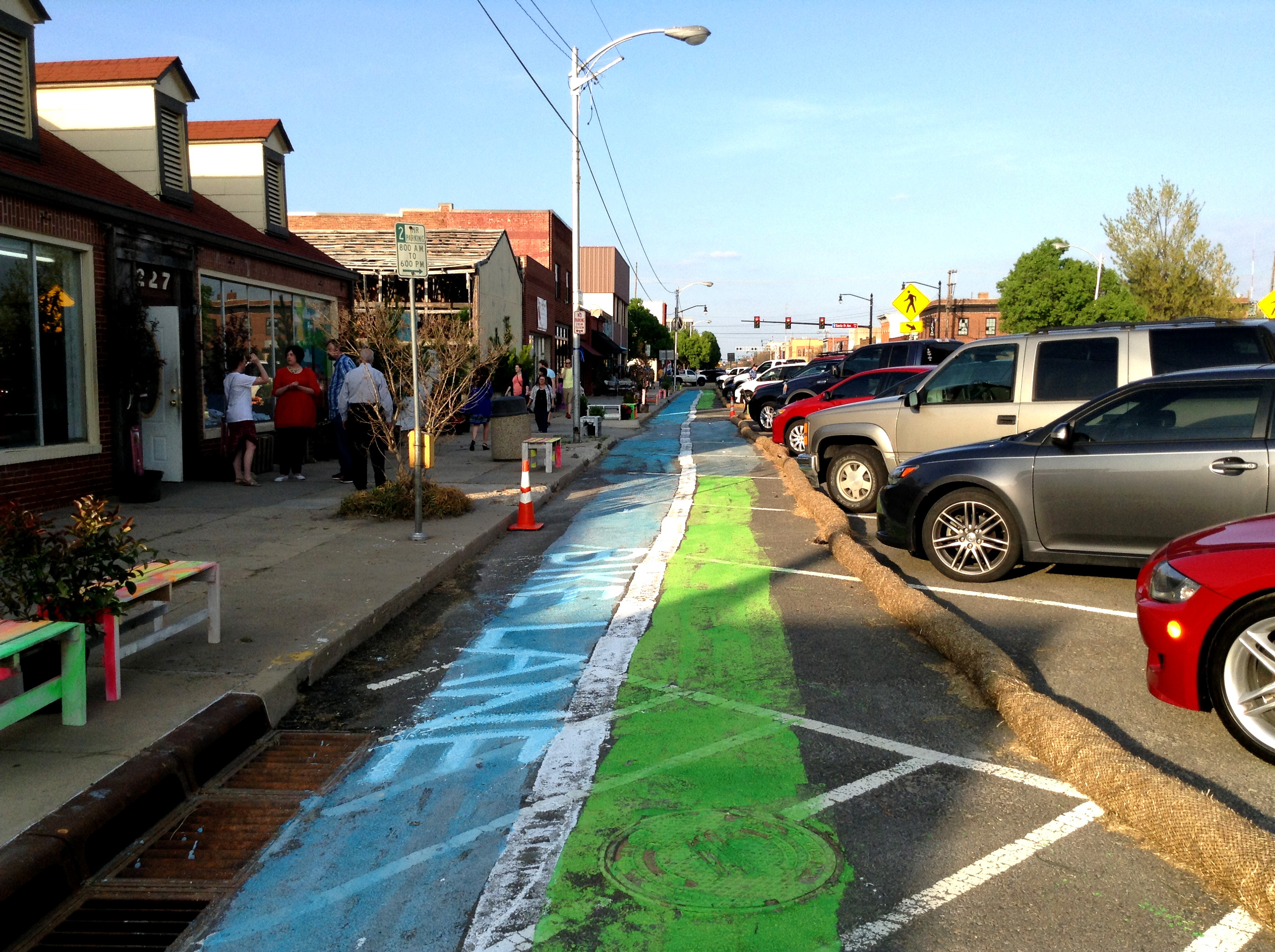
A Complete Street
Main Street did much more than simply move traffic during the event. Benches and landscaping made the sidewalk more comfortable. The cycle track demonstrated a way to attract and accommodate more bicycle traffic to Main Street.
Results
The tactical urbanism improvements to Main Street resulted in a street that was more comfortable for spending time.
Motorists behaved in a way that was much more appropriate for an important place like Main Street. Speeds were reduced to safe levels. Because speeds were reduced, the amount of noise from passing traffic was also much lower. With slower speeds and less noise, Main Street was much more comfortable.
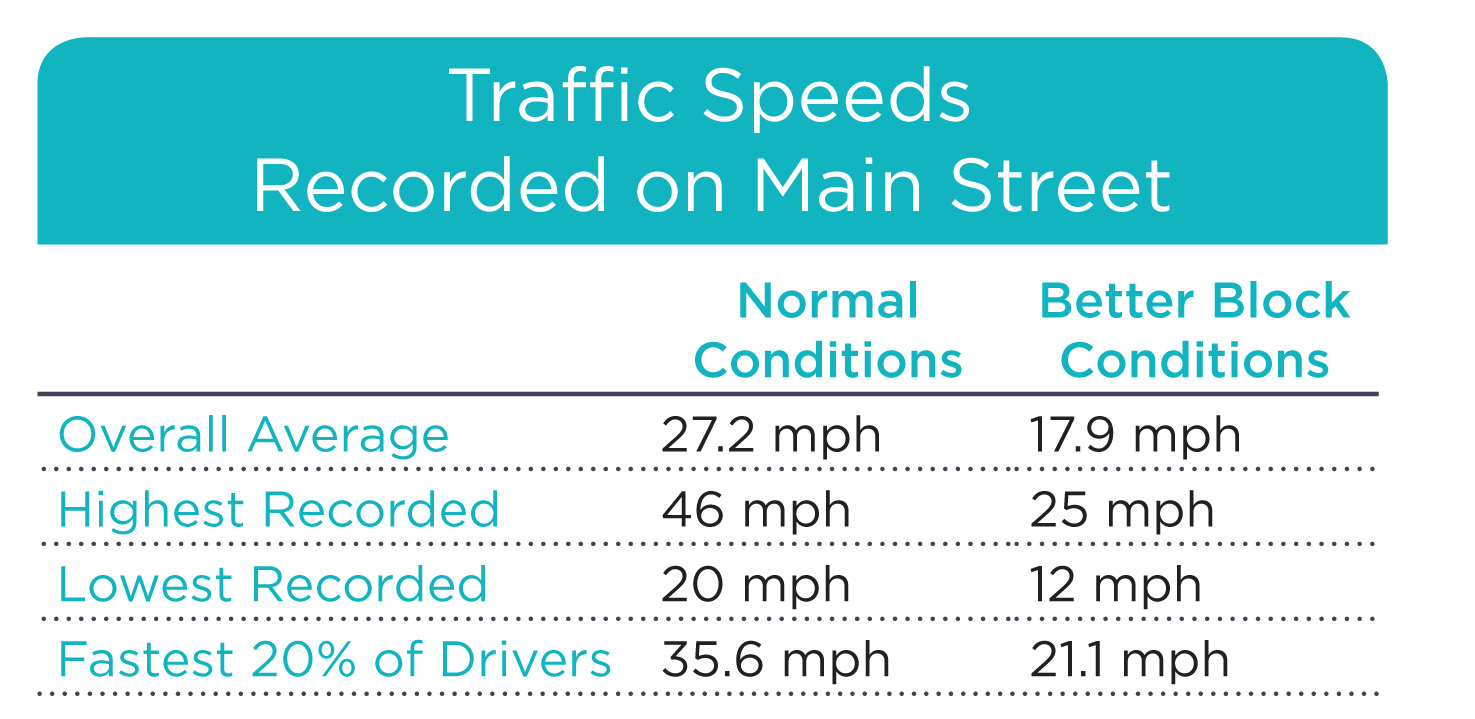

Next Steps
Norman should utilize the momentum and ideas generated from StART Norman to take Main Street to the next level.
An already identified priority for Norman is to reduce the number of lanes on Main Street. Based on research in this report, this plan could be even better if it included a conversion back to two-way traffic flow. While observations of traffic speed and flow show that congestion increased during the event, slow-moving traffic should be considered a good thing for Main Street.
StART Norman also highlighted the potential for improving cycling infrastructure. Students would like to see better, safer bike infrastructure around Norman. Dedicated lanes and protected cycle tracks would encourage more people to take a bike. Implementing a cycle track on Main Street would require significant streetscaping projects, but there could be opportunities to implement similar infrastructure elsewhere.
Students suggest improving the bicycle connections between the OU campus, Campus Corner, and Main Street. StART highlighted the fact that the university is not very far from Main Street, and yet Main Street is off the beaten path for many students on campus.
Finally, businesses are encouraged to continue activating sidewalks with patio furniture and outdoor retail displays. Outdoor activity during StART Norman made the block come to life with interesting sights, sounds, and smells.
Tactical urbanism provides an example that can lead to permanent change throughout Norman.
